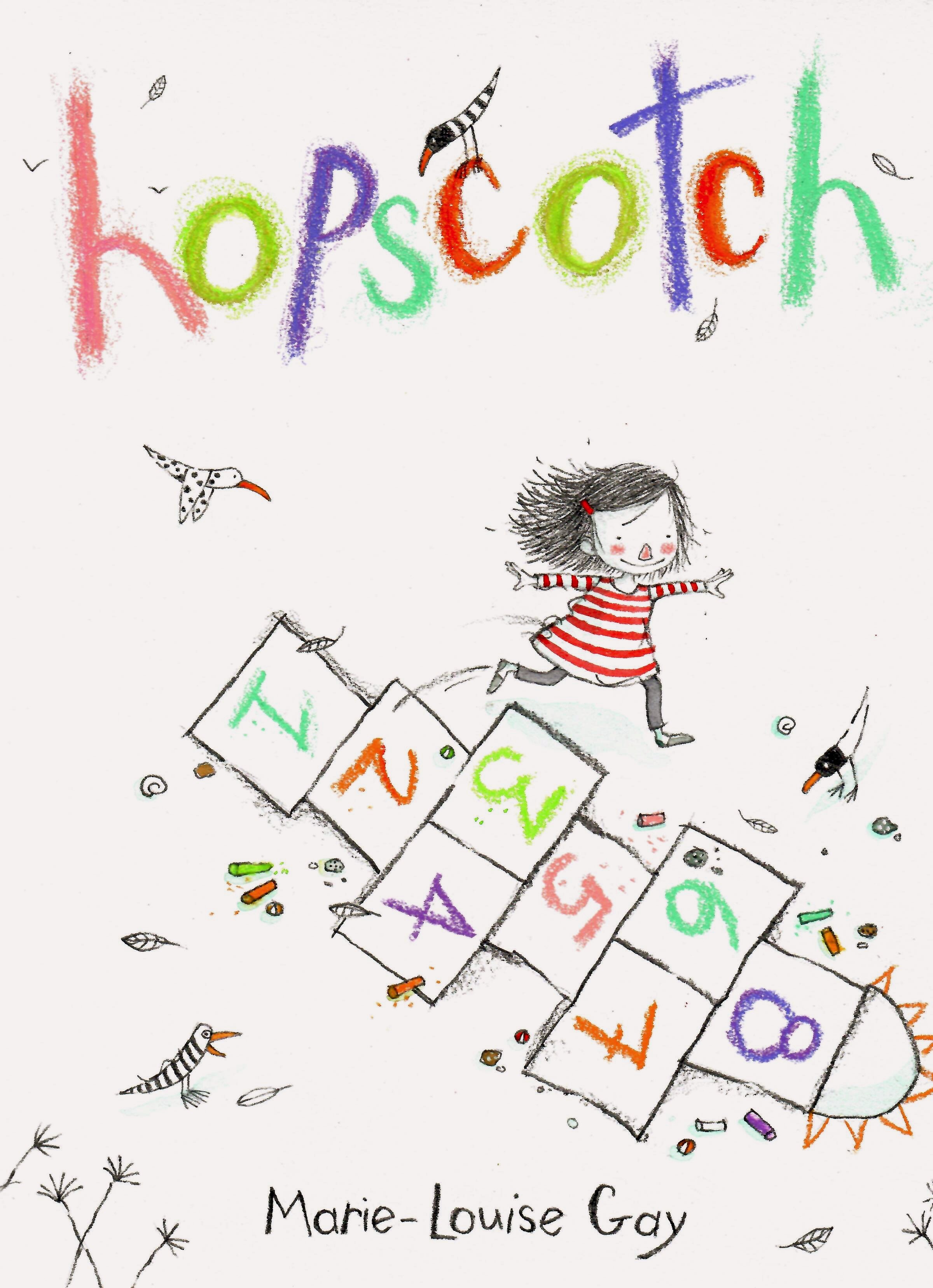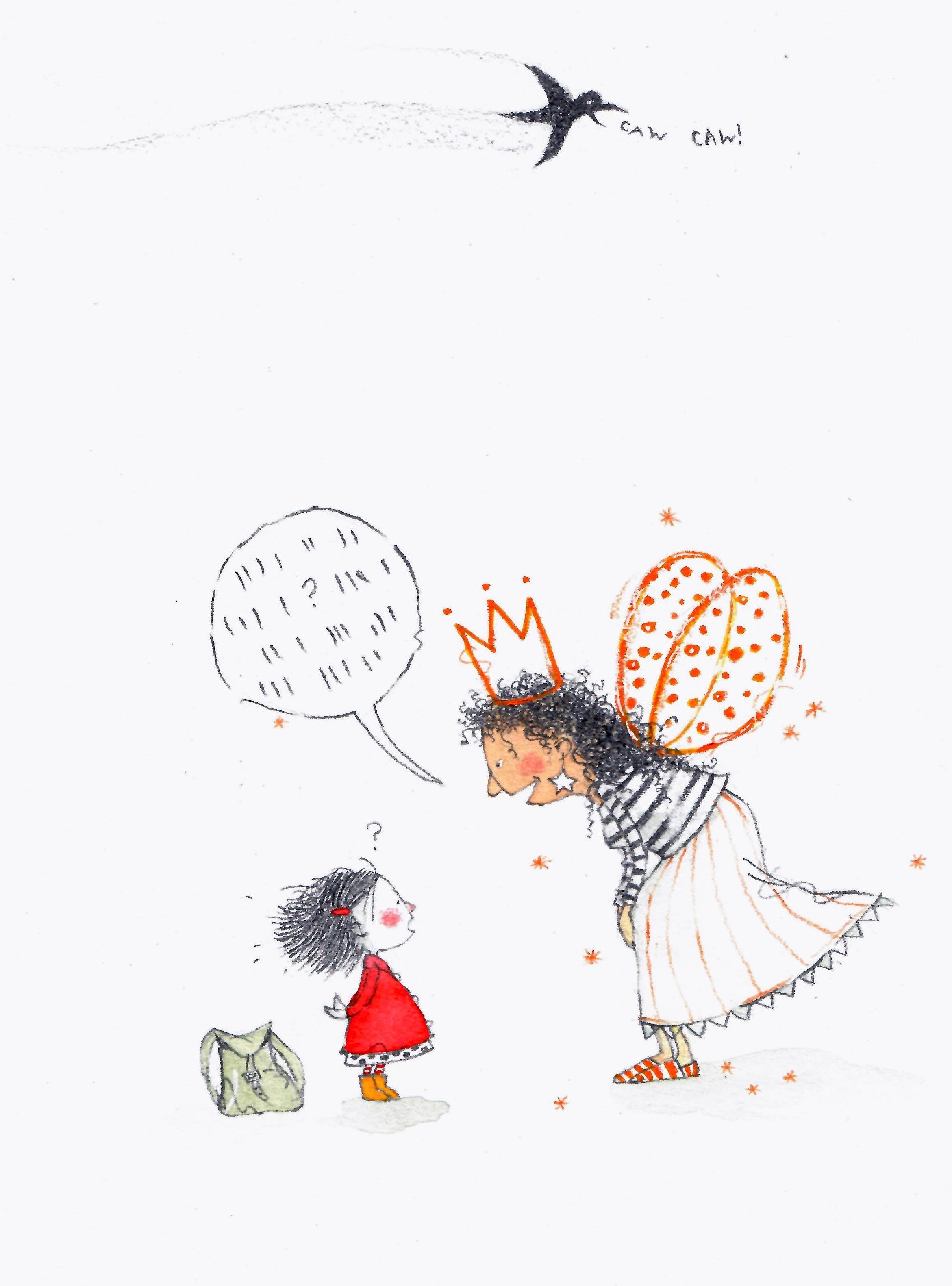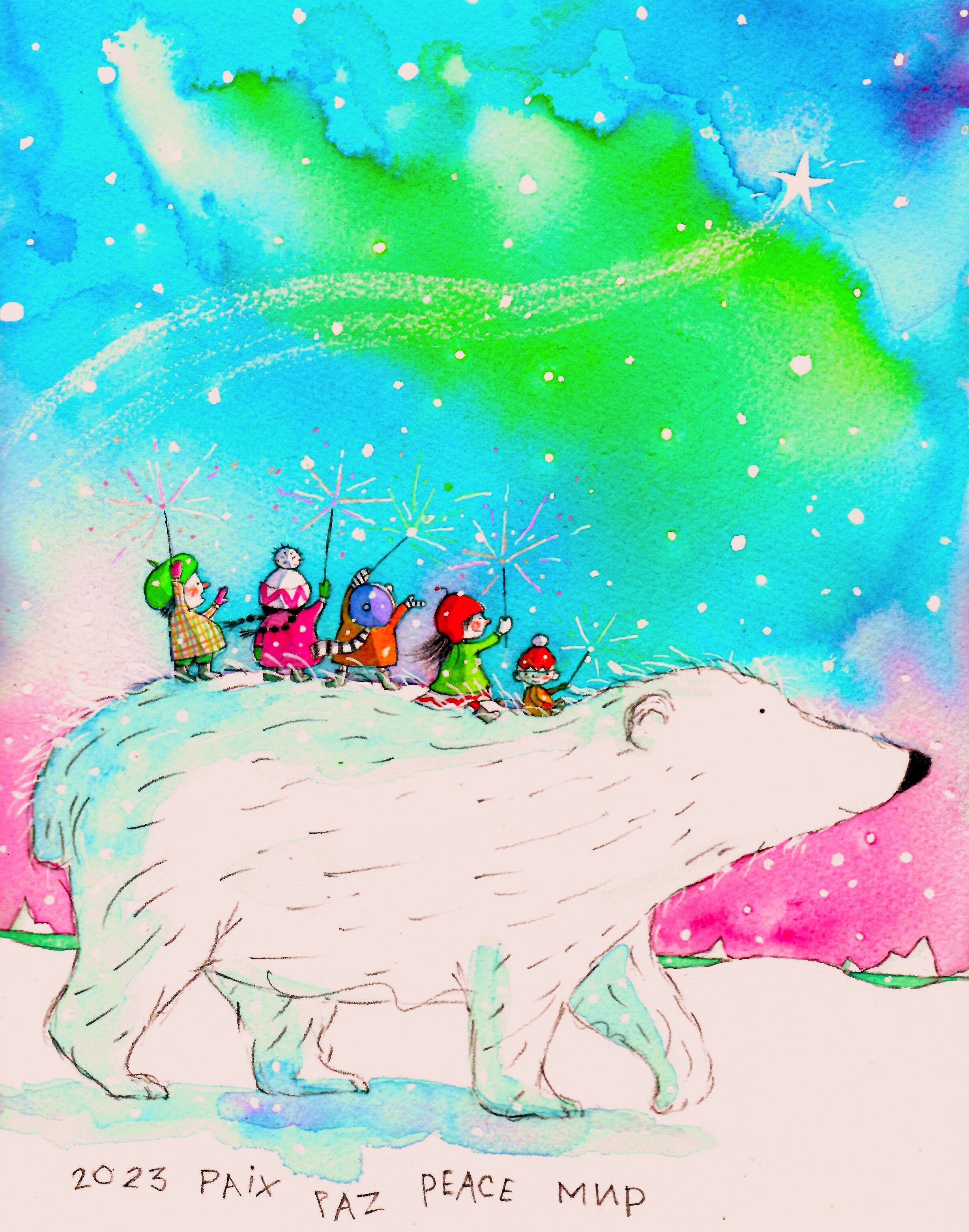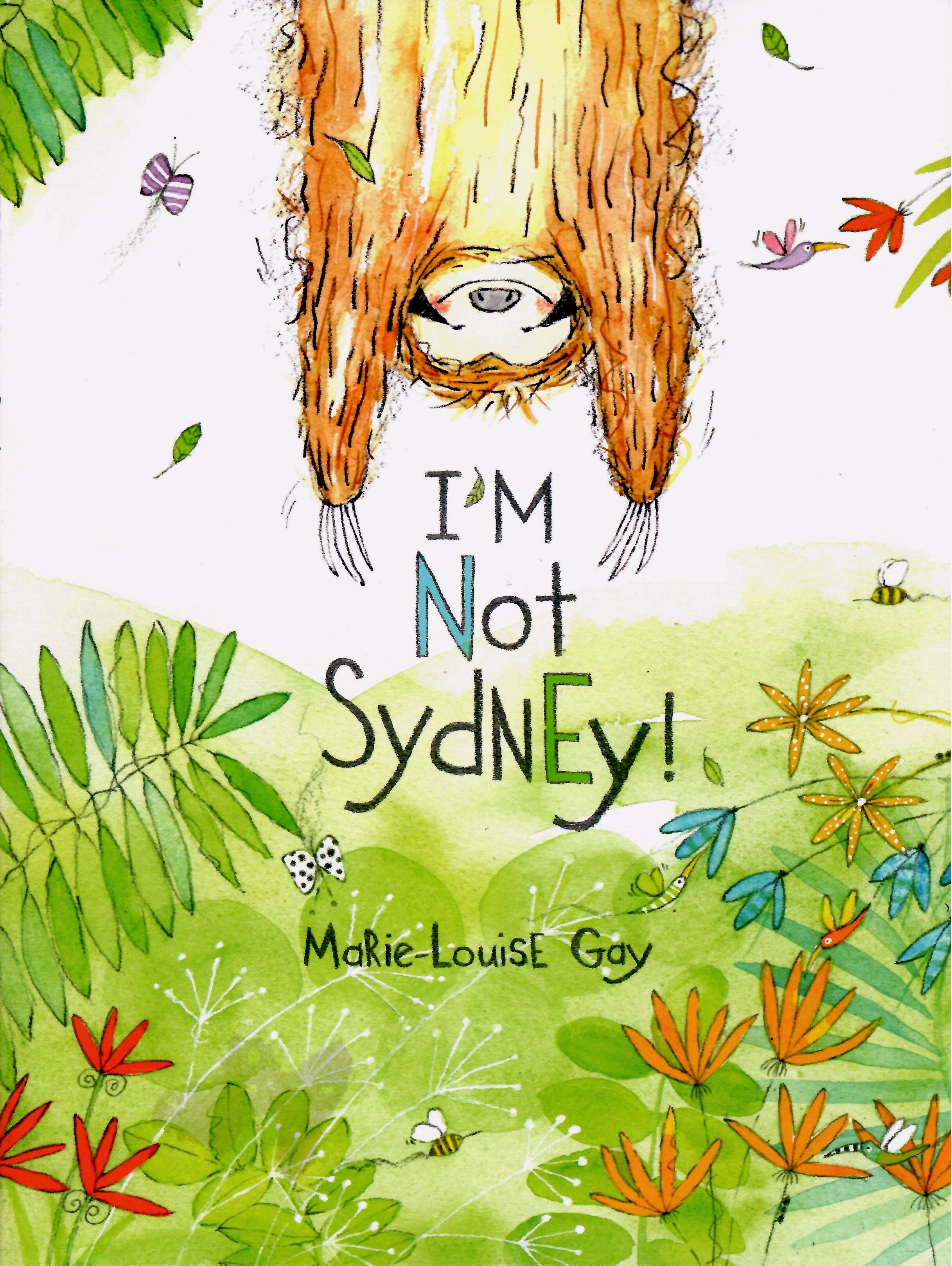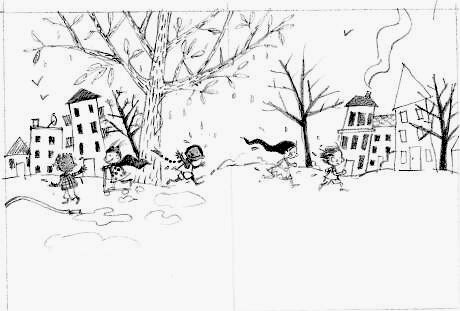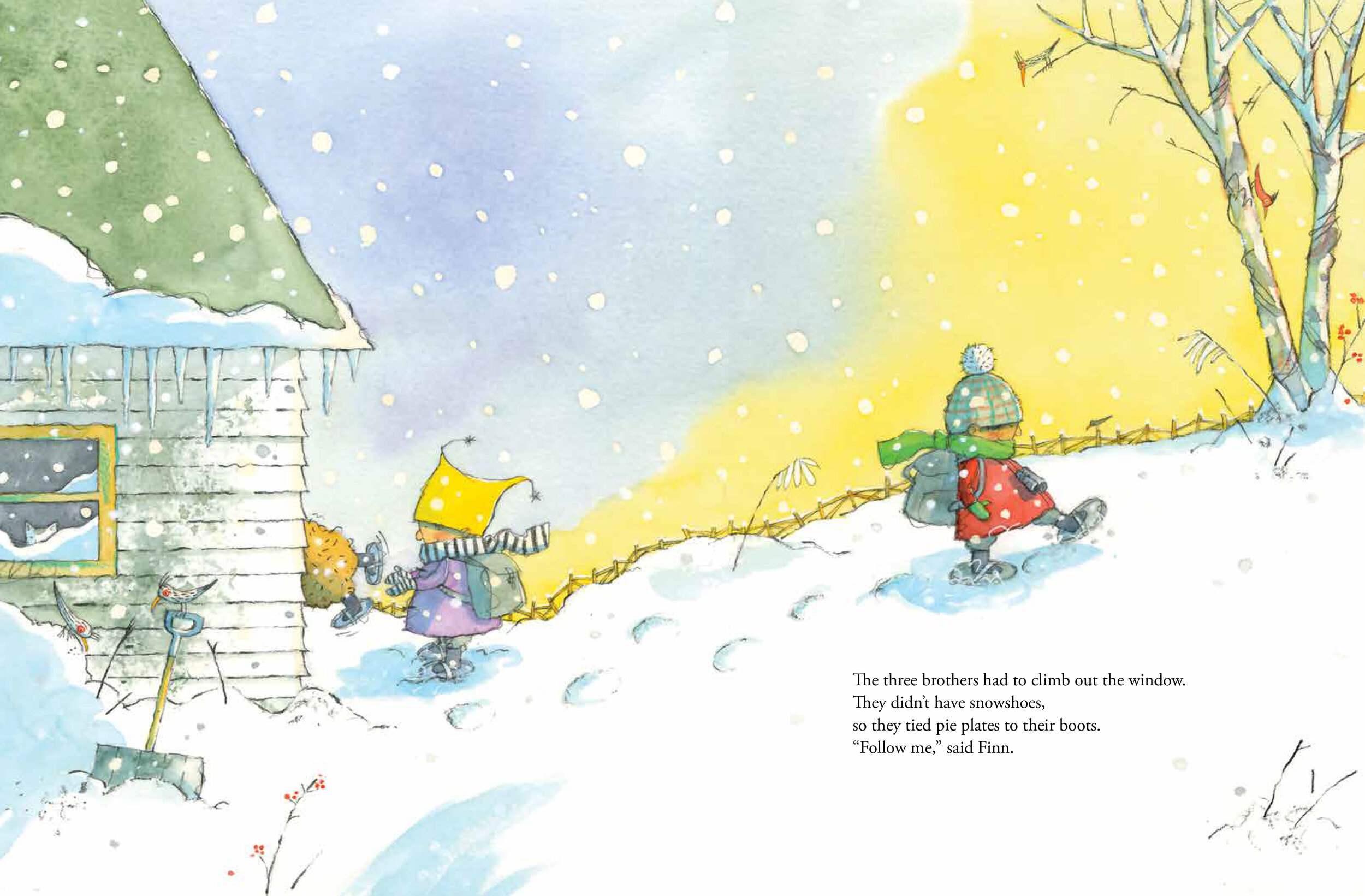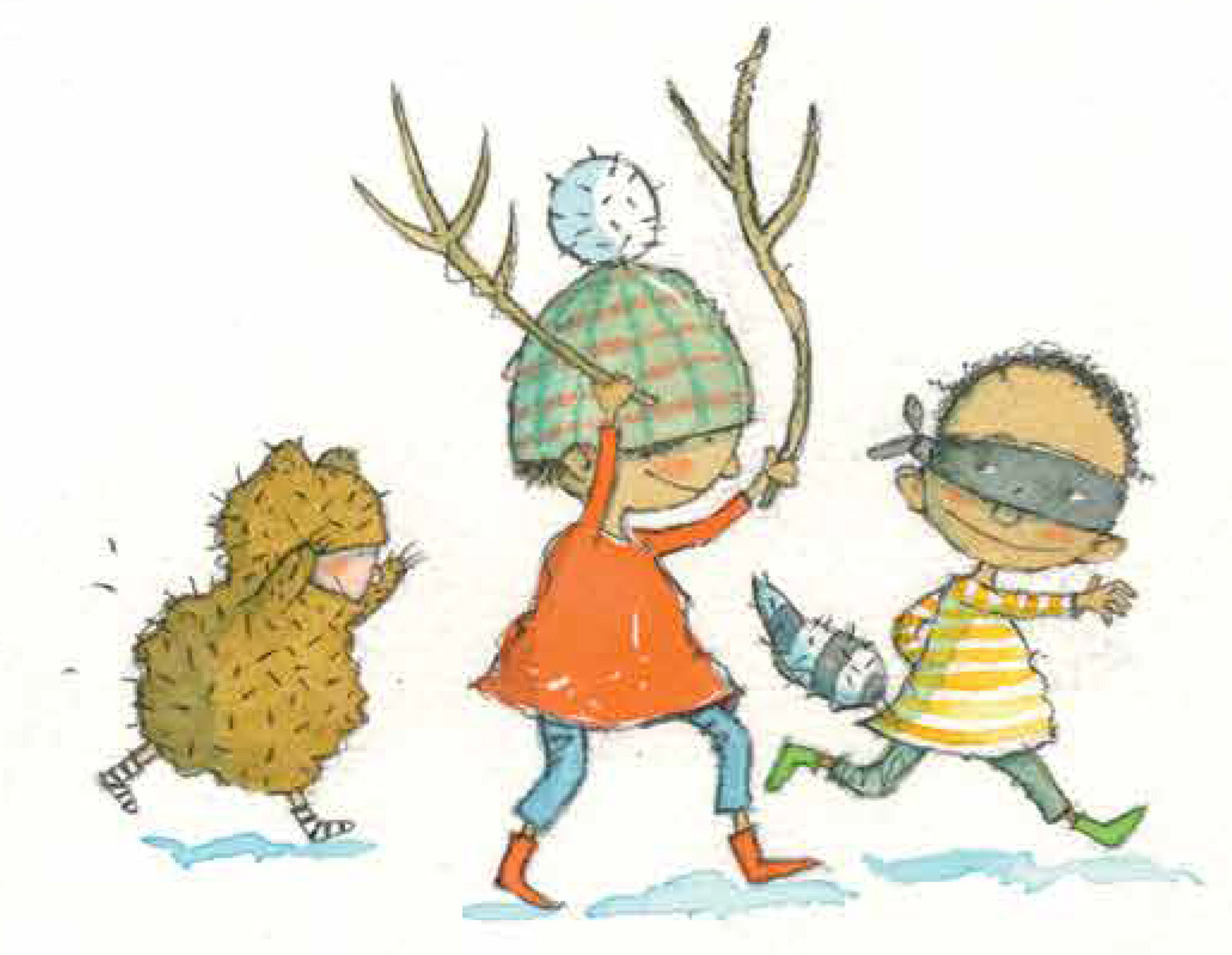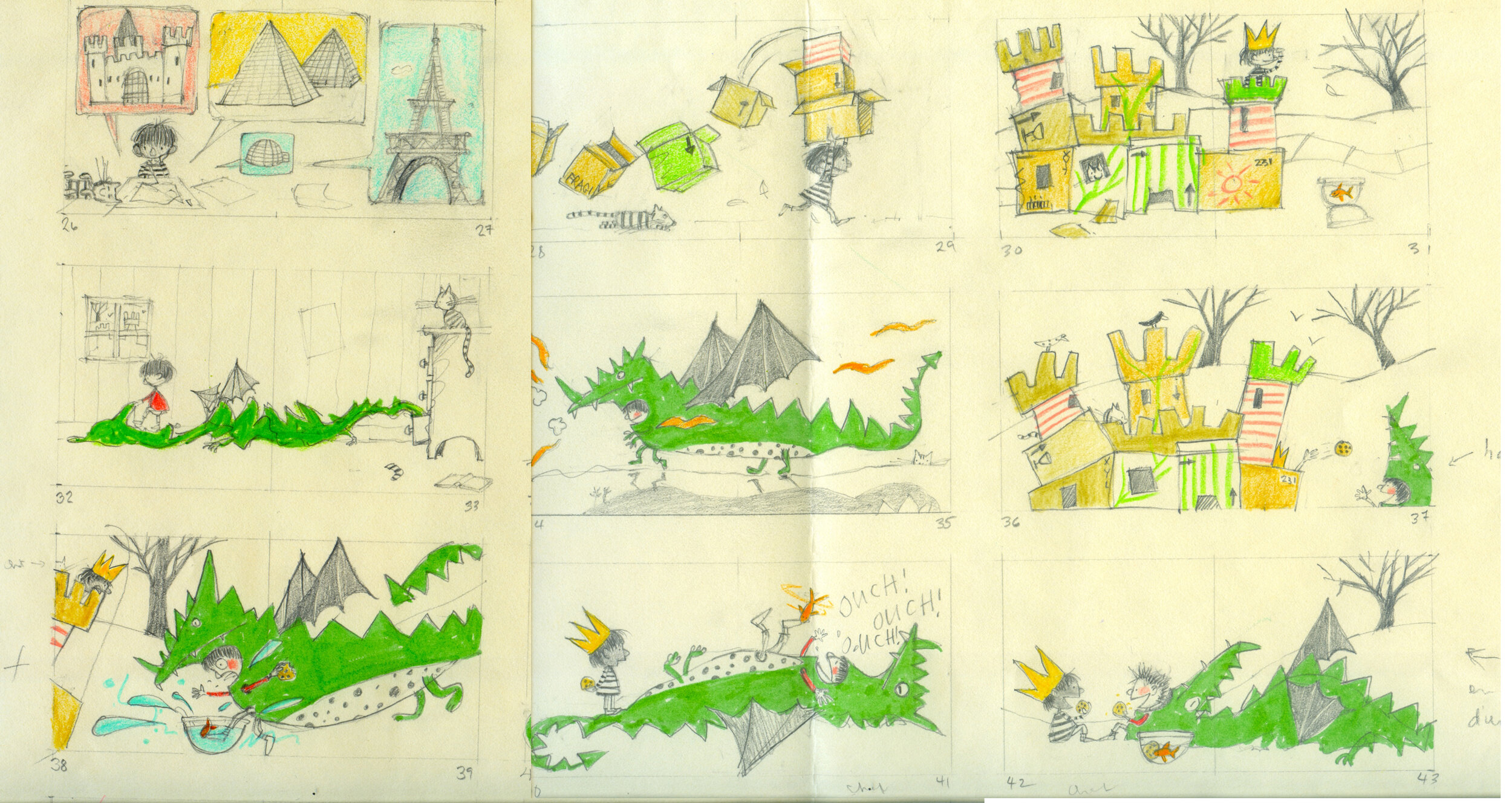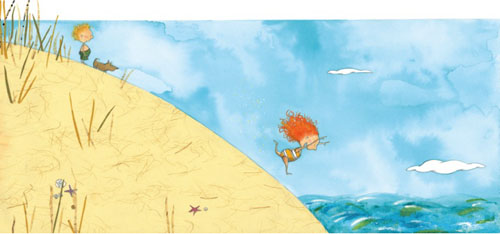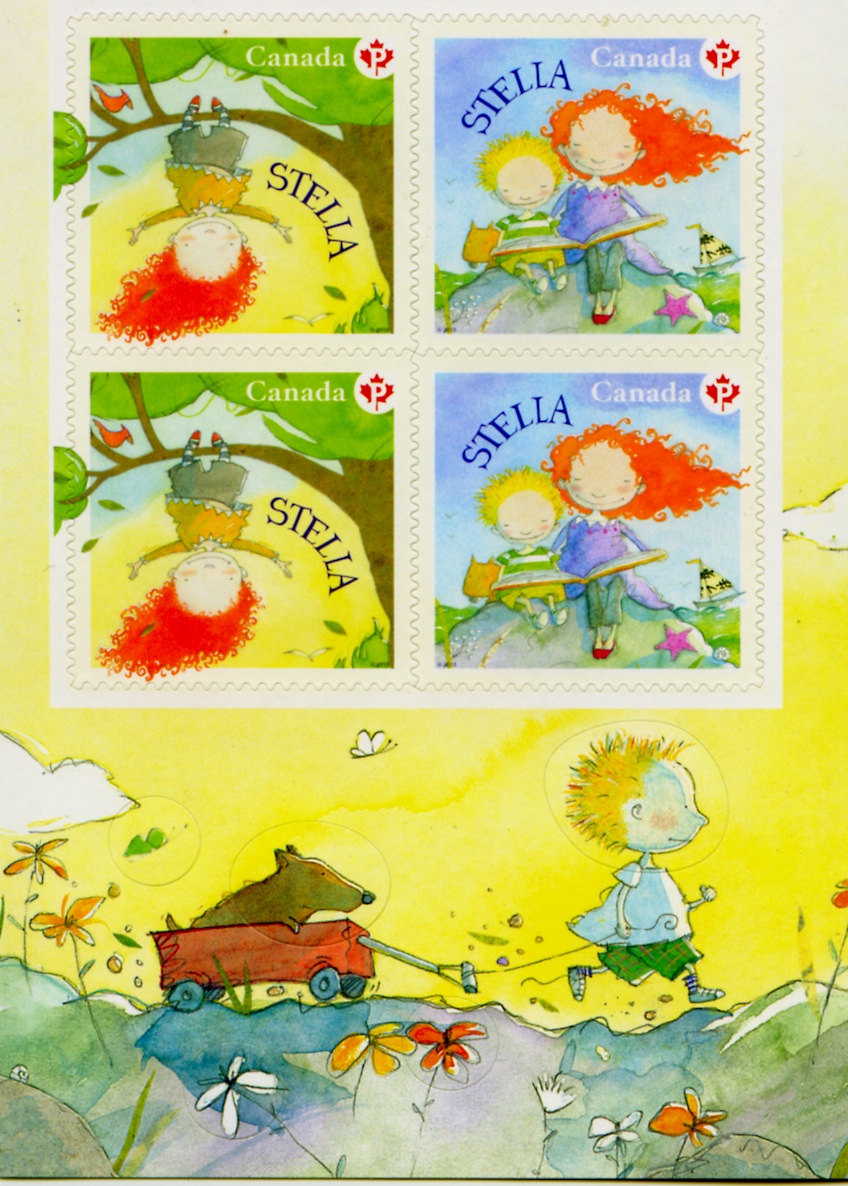Walking Trees
I remember when my sons were young, they were encouraged to keep the sidewalks, the schoolyard and the neighbourhood clean, and not throw their bubble-gum wrappers on the ground, and to do their part by picking up any bits of trash. The first signs of people wanting a cleaner world. A few years later, they were told to recycle glass and plastic. It was hard to interest children in doing this because, in a way, it was too abstract. Recycling and picking up trash did not change their environment that much.
My new picture-book Walking Trees was inspired by an article I read describing a fabulous ecological art project called Bosk (which means "forest") created by landscape architect Bruno Doedens and the late Joop Mulder. The project took place in the Dutch city of Leeuwarden where volonteers pushed native trees planted in huge wheeled wooden containers to different parts of the city.
The "Walking Forest" showed people that a greener urban landscape could create shade, beauty, cooler temperatures and relaxation.
What struck me was the immediate visual impact of these actions and it a crystal-clear example of how people can change their environment in small ways. I wanted to write a story involving children that empowers them to understand that they also could be actors in their neighbourhood, their city and their world.
So I created Lily, a little girl who visits a forest for the first time in her life and falls in love, one tree at a time. She eventually asks her father if she could have a tree for her birthday. An impractical gift, since she and her father lived in a small dark apartment on the fifth floor of a tall gray building. But Lily insists that her tree will live on their tiny balcony and she will water it every day. She will name him George.
Lily wants George to see the world, so she places him in a wagon and pulls him around their gray, treeless neighbourhood. Soon Lily realizes that George can offer shade and cool air to the people she meets in the sweltering city: to old Mrs. Lee sitting breathless on a sidewalk bench, to people waiting at a bus stop under a burning sun and to two friends with their melting popsicles, who soon join her with their own "walking trees."
In time, Lily's action convinces neighbours and friends to walk their own trees, creating a wonderful green space in their quarter... which opens up in a lovely large gatefold image towards the end of the book.
If you look closely at the illustrations, you will see a progression in the colour palette from scribbly pencil lines in monochromatic shades of grays and whites that change into brighter spots of watercolour greens and yellows as George and Lily make their way through the drab neighbourhood, then explosions of poppy reds, orange, blue and cool purple in the shadows. A visual reminder of how trees and greenery can affect the landscape.
I live in a city that has treeless, greenless neighbourhoods with huge expanses of asphalt that transform these areas into sweltering hot spots in the summer. And a few blocks away there are other districts with huge old trees lining the sidewalks and large shady parks where the air is many degrees cooler. I would like children to notice this in their own urban landscape. I hope that Walking Trees will inspire them (and their parents and teachers) to find their own way of changing their environment in small but concrete ways: planting seedlings in sidewalk cracks and vacant lots, gathering seeds from flowers and fruit, etc.
I hope this book will empower children to reimagine a greener world for everyone.





